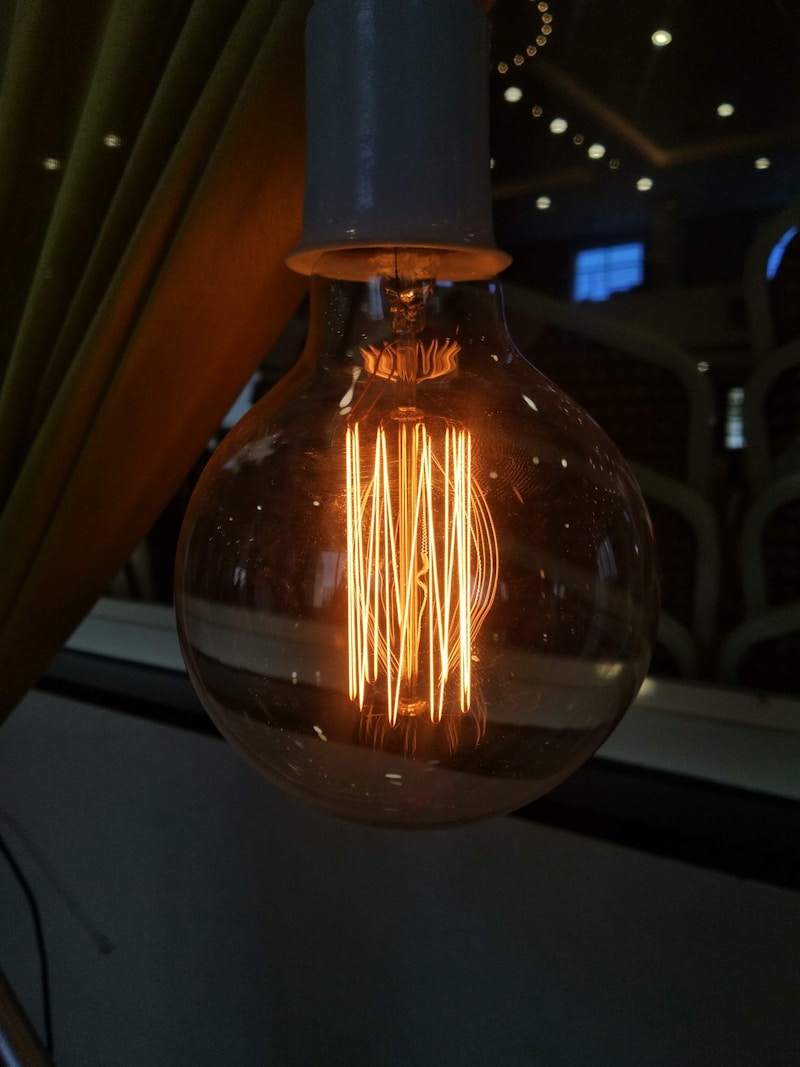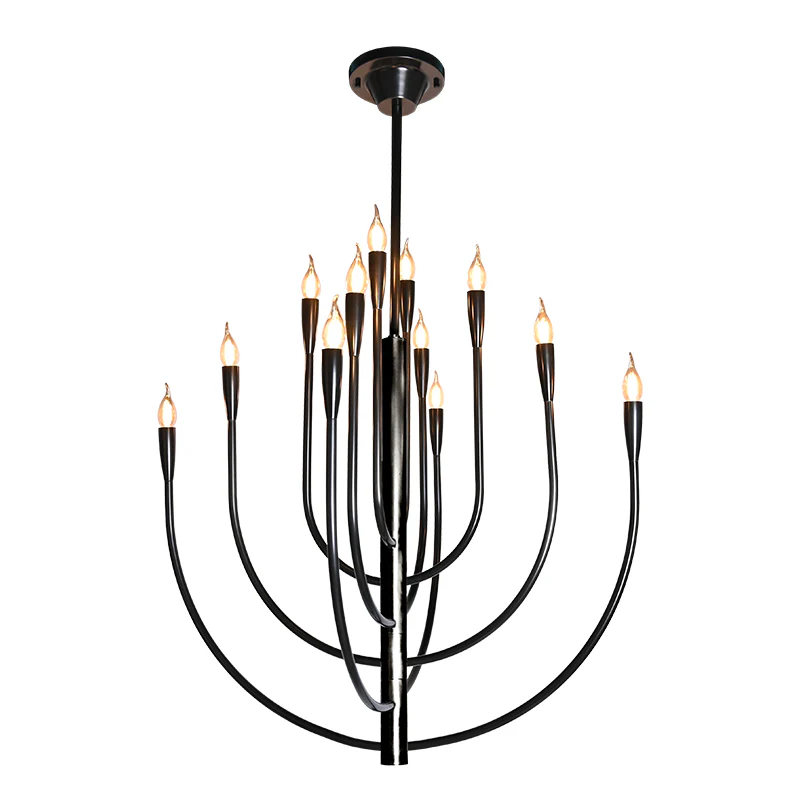Exploring Innovative Lighting Technologies for Smart Homes
Exploring Innovative Lighting Technologies for Smart Homes
In today's digital age, the concept of smart homes has transcended beyond mere convenience to encompass enhanced energy efficiency, security, and overall lifestyle improvement. Central to this evolution is the advent of innovative lighting technologies. This article delves deep into the various advancements in lighting that are revolutionizing the way we illuminate our living spaces.
Understanding Smart Lighting Technologies
At the core of smart home technology lies smart lighting. These systems are designed to provide functionality, efficiency, and customization, changing the way we use lighting in our homes. Smart lighting technologies encompass several key features:
- Remote Control: Users can control lighting fixtures from anywhere using smartphones or voice-activated assistants.
- Energy Efficiency: Innovative bulbs consume less power and save on electricity bills.
- Automated Scheduling: Lights can be programmed to turn on and off at specific times, enhancing security and convenience.
- Integration with Other Smart Devices: Lighting systems can sync with thermostats, security alarms, and other connected devices.
Benefits of Innovative Lighting Technologies
The benefits of integrating innovative lighting technologies into smart homes are numerous. Here are some of the most compelling advantages:
| Benefit | Description |
| Energy Savings | Smart bulbs, like LED Lights, consume significantly less energy than traditional incandescent bulbs. |
| Customization | Homeowners can customize lighting settings according to mood, activity, or time of day. |
| Increased Security | Automatically scheduLED Lights can create the illusion of activity in a home, deterring potential intruders. |
| Convenience | Hands-free voice control and remote access enable users to manage their lighting effortlessly. |
Key Components of Smart Lighting Systems
To harness the full potential of smart lighting technologies, several critical components are necessary:
- Smart Bulbs: These are Modern light bulbs that can connect to Wi-Fi or Bluetooth and be controlled remotely.
- Smart Switches: These replace traditional switches, allowing for control over multiple lights from a single point.
- Smart Hubs: Hub devices integrate various smart lighting products and allow for seamless communication between them.
- Mobile Apps: Most systems come with an app that offers features such as scheduling, dimming, and color changing.
Popular Innovative Lighting Technologies
Let's explore some of the most popular innovative lighting technologies currently available for smart homes:
1. Philips Hue
Philips Hue is one of the leading smart lighting systems, famous for its extensive range of products. Users can control light intensity, color, and even synchronize lights with music and movies, providing an immersive experience.

2. LIFX
LIFX bulbs are known for their vibrant colors and impressive brightness. Unlike Philips Hue, LIFX bulbs do not require a hub, making installation simple. They also offer integration with platforms like Amazon Alexa and Google Assistant.
3. Wyze Bulbs
For budget-conscious consumers, Wyze offers affordable smart bulbs that still provide robust features such as color changes, scheduling, and energy monitoring. Its app allows for easy control and management.
4. Nanoleaf Panels
Nanoleaf offers a unique take on smart lighting with modular LED panels that can be arranged in various shapes. The panels can display a multitude of colors and are great for those looking to add a visual statement to their space.
Trends Shaping the Future of Smart Lighting
As technology advances, the future of innovative lighting technologies for smart homes looks promising. Some of the key trends include:
- Human-Centric Lighting: Lighting solutions designed to mimic natural daylight can enhance well-being, improve mood, and regulate circadian rhythms.
- Voice Recognition: As homes become increasingly automated, voice-controlLED Lighting systems are poised to become the norm.
- AI Integration: Artificial intelligence will enable more intuitive control systems that learn user preferences and adjust lighting automatically.
Enhancing Home Security with Smart Lighting
Integrating innovative lighting technologies can significantly enhance home security. Automated lighting systems can simulate occupancy by turning lights on and off at random intervals, deterring potential intruders.
Additionally, many systems allow homeowners to set specific scenes for emergencies. For example, an alert mode might turn all lights red when a security breach is detected, helping to draw attention to the situation.
Considerations When Implementing Smart Lighting
Before diving into the world of smart lighting technologies, consider the following:
- Compatibility: Ensure that the smart lighting products you choose are compatible with existing smart home devices.
- Installation: Some systems may require professional installation, so budget accordingly if necessary.
- App Usability: Choose systems with user-friendly apps that make management convenient and intuitive.
Conclusion
Innovative lighting technologies for smart homes are not just about brightening a space; they offer a unique blend of convenience, energy efficiency, and enhanced security. These advancements make homes more adaptable to individual lifestyles while improving overall quality of life.
As with any technological investment, it's essential to consider compatibility, installation logistics, and usability. With the right choices, homeowners can create a personalized and dynamic lighting experience that meets their evolving needs. Embracing these innovative technologies can lead to a brighter, smarter, and more efficient home life.
